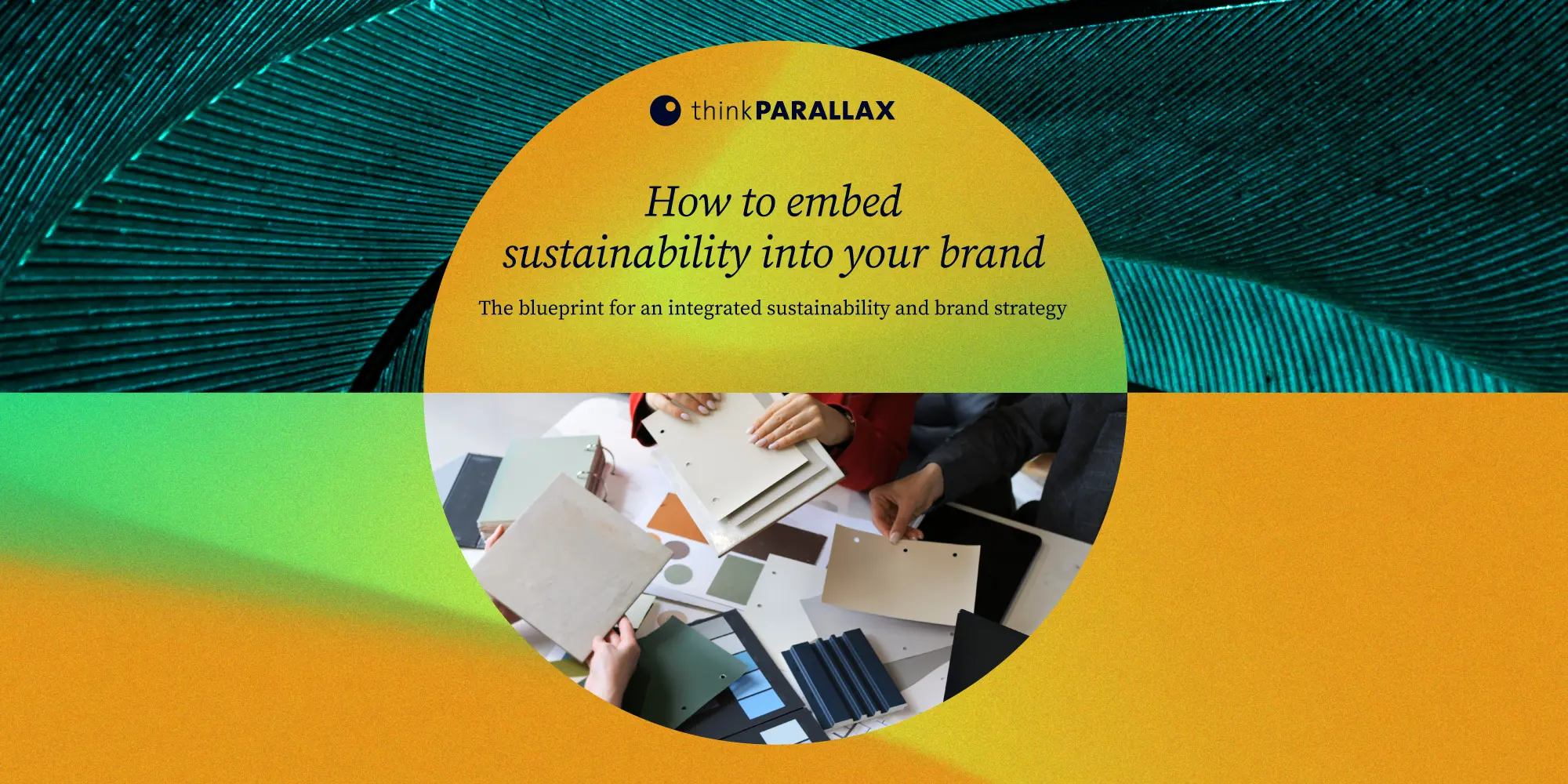Since the dawn of corporate sustainability, communicators have grappled with how to talk about complex topics in a way that is simple and meaningful, while resonating with audiences as diverse as investors, consumers, regulators, and employees.
Until now, the default has been a 60-plus-page sustainability report, which jams all the stories and disclosures into one document and often falls short of being exactly what anyone is truly looking for — as we discussed in this article.
Now, in 2025, a rising tide of regulation — including CSRD in Europe and climate disclosure rules in California — is rightfully directing the shift toward more rigorous, financial-grade sustainability reporting. This evolution provides a powerful opportunity for companies to get serious about their disclosures. But it also raises a critical question: If our formal report is dedicated to technical disclosure, where do our highlights, case studies, and human-interest stories go?
This is the moment to rethink how we communicate. The era of a single, catch-all approach is over. An effective sustainability communications strategy today is actually three interconnected, essential parts:
- A reporting strategy
- A stakeholder engagement strategy
- A campaign and amplification strategy
This strategy will look different depending on your business, brand, stakeholders, and goals. And like all great strategies, the process begins with a clarification of your companies’ fundamental motivation.
Understanding your “why”: Defining your sustainability archetype

The “why” we start with is: Why is your company focused on sustainability? The answer determines where you should focus your resources and how you should frame your story. We see companies falling along a spectrum of archetypes.
- The Risk Manager: For these firms — often in finance or law — sustainability isn't a marketing tool. It's an integral part of their fiduciary duty, risk management framework, and regulatory obligations.
- The Responsible Business: This is the archetype that many large parent companies fall into. Their focus is on preserving their license to operate and managing enterprise-wide issues, while individual brands within their portfolio may have more forward-facing ambitions.
- The Striver: This is where many leading companies land. They have an equal focus on risk mitigation and value creation, leading on a number of issues vital to their business and stakeholders and leveraging that story for brand building.
- The Issue Champion: Like Game Changers, these companies aim to lead change, but they are more narrowly focused on a single, defining issue. Think of Tony’s Chocolonely and its mission to end forced labor.
- The Game Changer: On the far end of the spectrum are companies whose entire purpose is to drive impact and lead change — the Patagonias of the world, often founded with sustainability at their core.
This spectrum is not a scale of worst to best. Rather, it’s a tool to clarify your primary motivation, which in turn dictates your communications focus and where to direct your sustainability communication resources. Companies toward the Risk Manager end of the spectrum should concentrate more resources on best-in-class reporting and investor communications, while companies toward the Game Changer end of the spectrum should devote more resources to brand campaigns and targeted stakeholder engagement.
Defining your “what”: Prioritizing your topics
Once you are clear on your "why," you need to get clear on "what" you will communicate about. We use a simple filter to prioritize topics:
- What you MUST do: These are the topics material to your industry and your business, as determined by your double materiality assessment and regulatory requirements. This is your compliance baseline and license to operate.
- What you SHOULD do: These are the topics your key stakeholders expect you to address. This is about meeting peer benchmarks and showing you understand the broader landscape.
- What you COULD do: This is where the real opportunity lies. These are the topics where you can lead, differentiate, and create business value because your peers are not yet leading here.
Building your integrated communications plan
Your "why" tells you where to devote resources, and your "what" tells you what topics to focus on where. Together, they shape your communications strategy, which should always consist of three parts:
- Your reporting strategy: This is your foundation, built on your "Must Do" topics. It covers the depth and breadth of your disclosures, the frameworks you use (GRI, SASB, etc.), and the channels for your formal reporting to ensure you remain in compliance and enhance your reputation on the issues that matter most.
- Your stakeholder engagement strategy: This is where you get specific. It addresses the "Should Do" topics by using highly targeted messaging to ignite behavior change, build knowledge, or change opinions among specific groups like employees, customers, or investors.
- Your campaign and amplification strategy: This is where you build business value, drawing from your "Could Do" topics. This is your platform for building reputation around your unique impact, differentiating your brand, and leading the conversation. For some companies, like Risk Managers, this may be a very small part of the plan, while for Game Changers, it is their primary focus.
The answer to “what do I talk about today?” is, frustratingly, “it depends.” But by understanding your unique "why" and "what," you can build a sophisticated, multi-part communications playbook that meets the moment with clarity, confidence, and impact.
To learn more about how to build your Stakeholder Engagement and Campaign & Amplification strategies, read Part II—From generic to genuine: Crafting authentic sustainability messages in turbulent times and Part III—How to make your engagement strategy land in our series. And download our free Mastering Your Sustainability Story in Turbulent Times ebook.

.jpg)

.png)


